|
A Bad Bug Author: Holly Schultz Let me start this little blog by sharing that I seem to have reached the age that I no longer care about what people think of my behavior, specifically playing Whack-A-Bug in my neighborhood! Armed with an old garden trowel and gloves, I took advantage of a beautiful fall afternoon to make a dent in the infestation of red maples on my street. Where we live in Pittsburgh, the Spotted Lanternfly has settled in and taken residence in both urban, suburban, and rural trees. You may have read or heard about these unwelcome insects. I certainly don’t want these invasive insects to harm the gorgeous trees in our region. Nor do I want farmers to suffer crop damage. So, when I learned that we can help curb the spread of the Spotted Lanternfly by stomping on them, I started looking for them on my daily walks with my dog. I found more than I expected. Here are answers to some common questions. What is it? What does it look like? The adult is approximately 1-inch long and .5-inch wide. The forewing is grey with black spots and the wingtips are reticulated black blocks outlined in gray. The hindwings have contrasting bands of red and black with a white band. The legs and head are black; the abdomen is yellow with broad bands. Immature stages (nymphs) are black with white spots, and develop white patches as they grow. Mother Nature has provided them with highly effective camouflage. Their outer wings are the exact color of tree bark, so you really need to be looking hard to find one. If one has fallen from a tree, it’s wings may have spread, revealing the bright red hindwings. They can jump and fly. They do not sting or bite. Why is it harmful? The Spotted Lanternfly (SLF) is an invasive species originating from Asia, and was first found in the eastern part of Pennsylvania in 2014. Scientists believe the SLF spread west by hitching rides on vehicles and their cargo. Now 46 counties in PA have been affected to the point of being quarantined for the SLF (11 of this total were added in 2022.) Public Nuisance: swarming, excreting honeydew, which is partially digested tree sap containing sugars. This attracts bees and also allows black mold to develop on trees, decks, and outdoor surfaces. Carcasses emit an unpleasant odor. Damage: The SLF can be especially harmful to young saplings or trees already stressed with other diseases. A more mature tree in good health will be less likely to suffer. In addition to their attraction to the Tree of Heaven, the SLF appears to be attracted to the sap from the leaves of Red Maple, Silver Maple, River Birch, Willow and the London Plane tree. Nymphs will feed on tender stalks of perennials and tree leaves. Adults feed voraciously on tree sap, causing branch dieback and reducing energy storage for the winter. The potential harm to a tree depends on the age of the tree as well as other existing stressors (insects, diseases, or site-related or environmental conditions.) In the state of Pennsylvania, the agricultural sector is a driving force of our economy. Scientists report that the SLF invasion is causing considerable damage to crops and hardwood trees. What should I do if I see one? Report it to the USDA or the PA Dept. of Agriculture on their websites or by calling 1-888-4BADFLY in PA. Then, kill it, squash it, smash it! Mechanical methods are always recommended as the first option. I found it easy to kill a few on my walk by using a garden trowel to smash them. Just today, I found and smashed at least 20 SLF on red maples on my street. A few were out of reach on higher branches. You can spray for them. Contact vs. systemic spraying. Contact spraying will kill the SLF within hours as their body absorbs the substance, whether it be an insecticide, a soap or an oil. Systemic spraying is a method of spraying the tree or plant; the substance stays in the plant and kills the SLF as it feeds off the leaves of the tree/plant. Research has indicated that the most effective insecticides that protect trees from the SLF contain either imidacloprid or dinotefuran. Handmade circle traps can be effective, but only at certain times of the year. Contact the Penn State University Extension office for more details. What should I do if I notice a large cluster on a tree? Should be removed by vacuuming with a shop vac, scraping into a thick gallon Ziplock bag, or spraying with an insecticide. Always use the least amount of insecticide and always read product label carefully. Avoid spraying near blooming pollinators. Wear gloves and eye protection. In the case of a large infestation, call a tree professional. What does their egg mass look like and where should I look for them? The mass appears as a light gray/brownish covering resembling mud. Newly laid eggs can be shiny with a waxy coating. Older egg masses will lose their covering and appear as 4-7 columns of seed-like eggs, of 30-50 eggs in total. Egg masses should be scraped off a tree or plant into a container of alcohol, then disposed. Why should I take the time to report a sighting? In order to attempt to contain and control the spread of the SLF, the Department of Agriculture wants up-to-date data from residents when SLF are found. The Commonwealth determines which counties need to be placed under quarantine based on the metrics. Is there an economic impact to our state’s economy? Currently, the economic impact in the Commonwealth of Pennsylvania is $42.6 million. It has been estimated that economic impact in PA could be in the hundreds of millions of dollars in damage and loss due to grapes, apples, hops and hardwood. Job losses in farming and logging will also be an unfortunate result of the SLF invasion in PA. Keep an eye out for the SPL as you enjoy the crisp temps and colors of autumn. Resources and Refrences
PA Dept. of Ag: www.agriculture.pa.gov/Plants_Land_Water/PlantIndustry/Entolmology/spotted_lanternfly/Pages/ USDA www.aphis.usda.gov/aphis/resources/pests-diseases/hungry-pests/slf/spotted-lanternfly Penn State University Extension Office: https://extension.psu.edu/spotted-lanternfly Comments are closed.
|
Thank you for finding us! Holly and I have collaborated to bring you informative, fun, and seasonal garden inspiration blogs.
Subscribe to receive our blogs on the 1st and 15th of the month--Gwen Follow my landscape & garden design Pinterest Page to see more pics, inspiration and Gwen's home garden journey!
AuthorsGwen Wisniewski: Landscape and Garden Designer. Contact me. Let me help you integrate these garden inspirations. Choose the links below to find out more about my landscape design service or to make an appointment. |
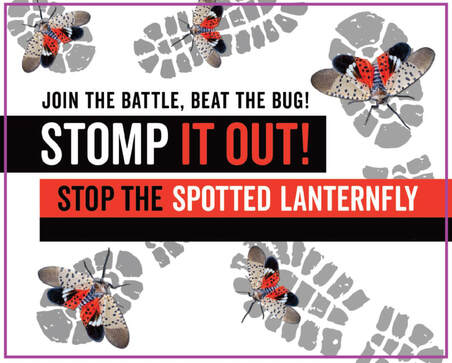
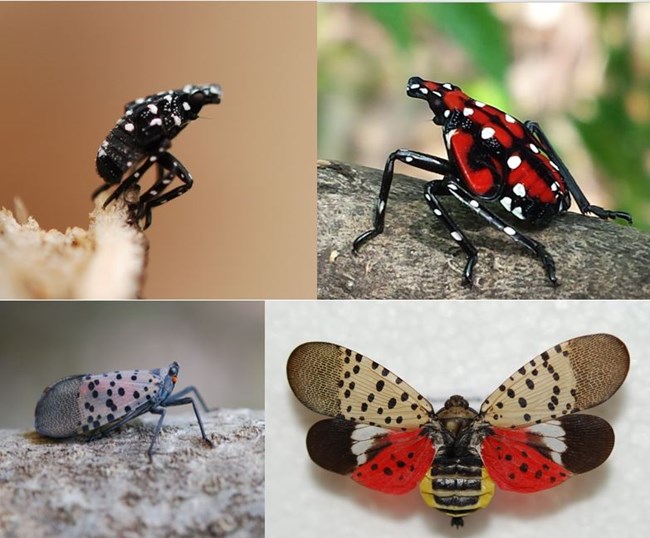
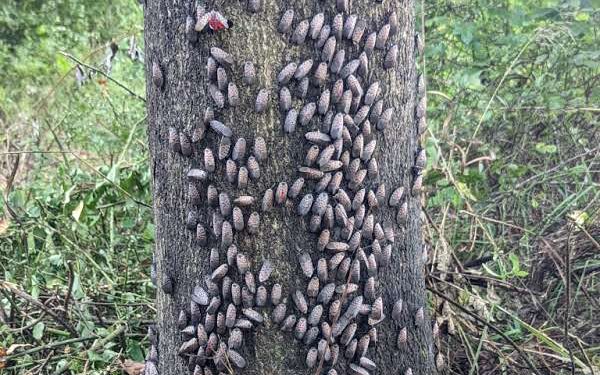
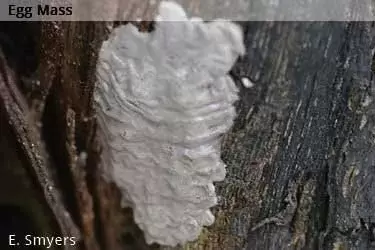
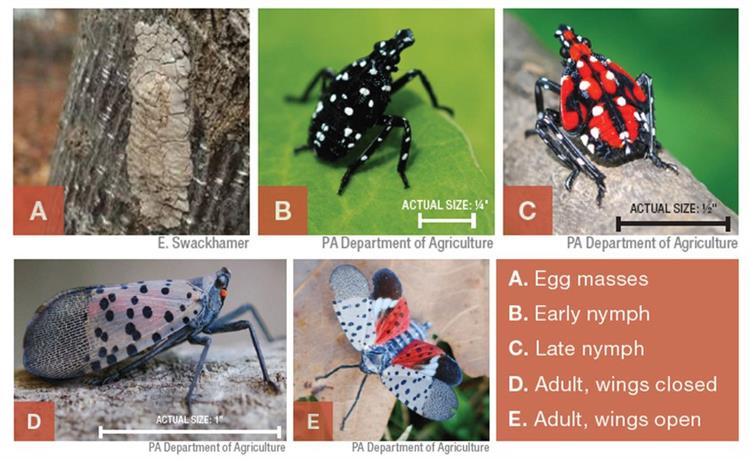


 RSS Feed
RSS Feed